Tess Maunder – 28 January, 2013
From the incidental to the prescribed, the pairing of traditional and digital archives demonstrates physical and intellectual processes of research. The exhibition allows the potential for active collective and individual experiences of both the archive and it's partner for the future; the proposal.
Briisbane
QAG and GoMA
The Seventh Asia Pacific Triennial of Contemporary Art
8 December 2012 - 14 April 2013
The 7th Asia Pacific Triennial at the Queensland Art Gallery and Gallery of Modern Art marks the 20th anniversary of the flagship exhibition series committed to an investigation of Asian, Pacific and Australian contemporary practices. Reflecting upon the event’s own historical significance is APT7: The 20-year Archive. An exhibition within the exhibition, the project sources material from across the APT’s two-decade history, situating it in dialogue with artist interpretations of archives across the Asia Pacific region.
The 20-year Archive is presented at both the most northern and southern geographical points of the exhibition with physical manifestation in both the Queensland Gallery of Art, and the Gallery of Modern Art. At Queensland Art Gallery we enter a traditionally museological space housed beneath the mezzanine level, here we are faced with an open model exhibition hub functioning as a communal educational zone through the iteration of both traditional and contemporary modes of research. The audience navigates around two centralized tables, one displaying a curated selection of books borrowed from APT’s own archives; the other table displays several Imacs presenting QAGOMA’s website and digital archive. From the incidental to the prescribed, the pairing of traditional and digital archives demonstrates physical and intellectual processes of research. The exhibition allows the potential for active collective and individual experiences of both the archive and it’s partner for the future; the proposal.
Varied user engagement is possible through the multiple viewer entry points in the space paired in combination with key exhibition design choices. Inclusions of comfortable hexagon shaped chairs within a low ceiling highlight the project’s focus on an intimate space that allows time for active individual and collective engagement. Within Queensland Art Gallery Raqs Media Collective present a wall of potential proposals operating as PTO A4 pages. The viewer is invited to participate by lifting the page upwards, through completing the action of the work the viewer forms an active part of the feedback loop, which is not dissimilar to the lifting of Etel Adnan’s painting work for Documenta (13). This viewer participation forms a critical part of the exhibition, helping to navigate ones own self-initiated experience; this creating what curator Reuben Keehan has referred to as a ‘multiple viewer pathway’ in his contextulsing essay. Perhaps taking this notion of chance literally, a few stray documents from Raq Media Collective’s project remain turned over, forced permanently upwards by an invisible stream of air-conditioning. The MAP office presents a project in reflection to their six-month residency at Hong Kong’s Asia Art Archive. The office works with topographical maps as a systematic framework in which to explore a city’s cultural construct. The artists’ use of cardboard and other low-fi material nods towards other DIY urban gestures within the cities they have researched.
Artistic work is a focused component of the exhibition with contributions from independent artists Torika Bolatagici, Mat Hunkin and Teresia Teaiwa - all exploring the use of the document through oral, performative and visual avenues. Matthew Hunkin presents a video comprised of archival photographs referencing the heritage of cartoons, the video’s action could also be seen to mimic the action of flicking, a new physical action many participate in daily on tablets or other devices in order to access information. Hunkin is performing the archive similarly to visitors actions engaging with the QAGOMA’s website from their hand-held devices. At the Gallery of Modern Art Heman Chong’s installation alters the entrance to the GOMA research library. The artist has complicated our pre-existing relationship to the archive through an idiosyncratic sound installation activating agents of chance, bodily positioning, knowledge, memory and personal curiosity.
The 20-year Archive demonstrates the potential for education material and its artistic engagements within the Asia Pacific region. The project encourages an open-endedness and active viewer engagement, which is a refreshing alternative to a more authoritative institutional voice. The archive emplaces responsibility on the viewer to form his or her future proposals for collective memory.
Tess Maunder
This article is the third in a three part partnership with Ocula
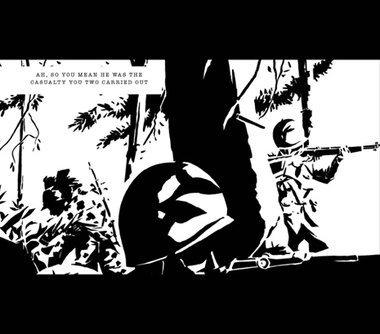

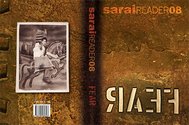

 Advertising in this column
Advertising in this column Two Rooms presents a program of residencies and projects
Two Rooms presents a program of residencies and projects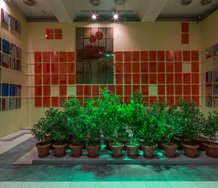
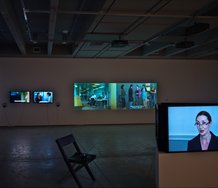
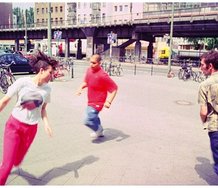
This Discussion has 0 comments.
Comment
Participate
Register to Participate.
Sign in
Sign in to an existing account.